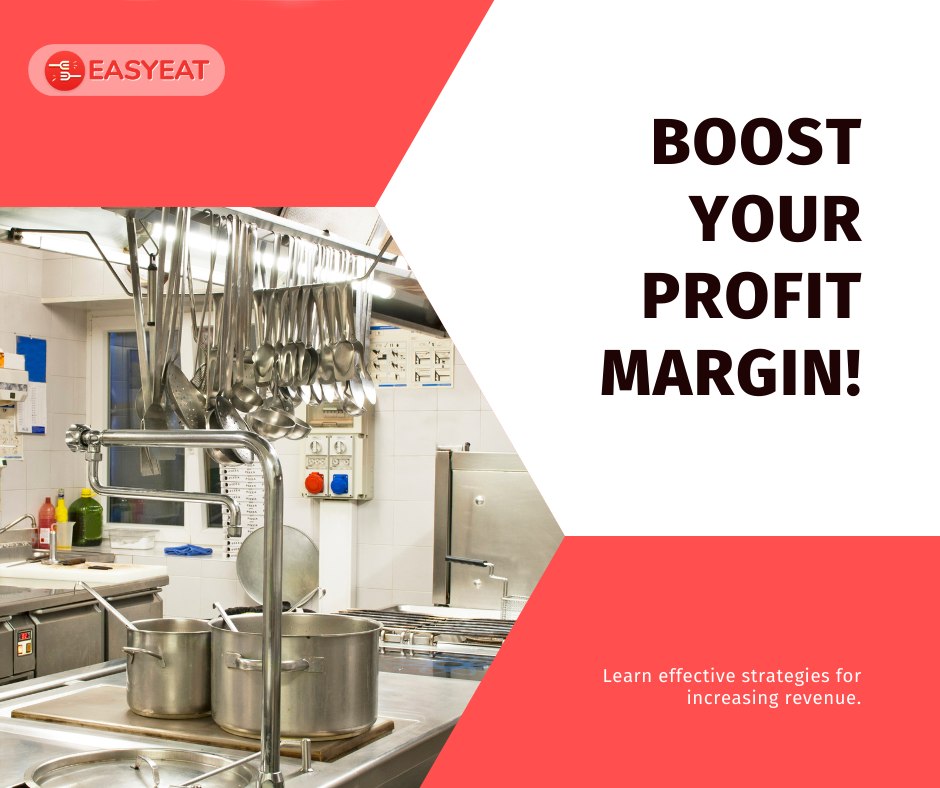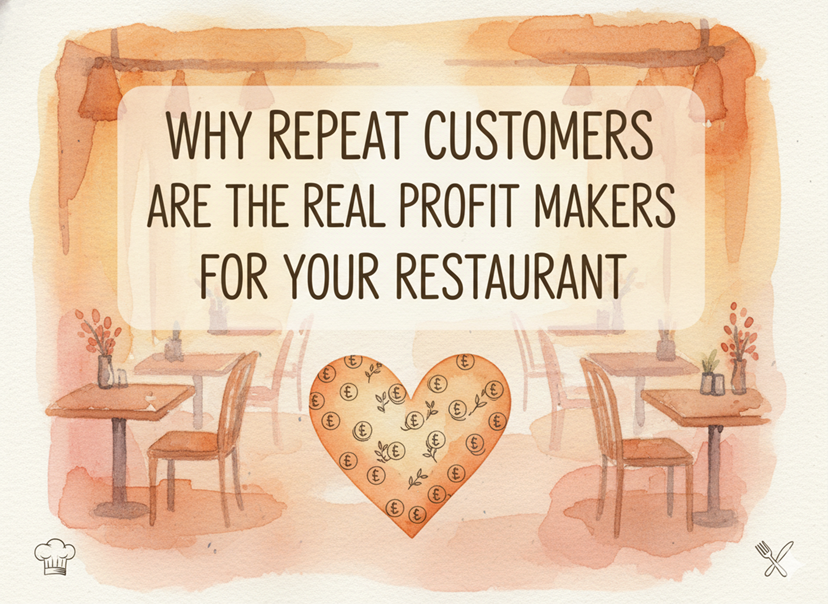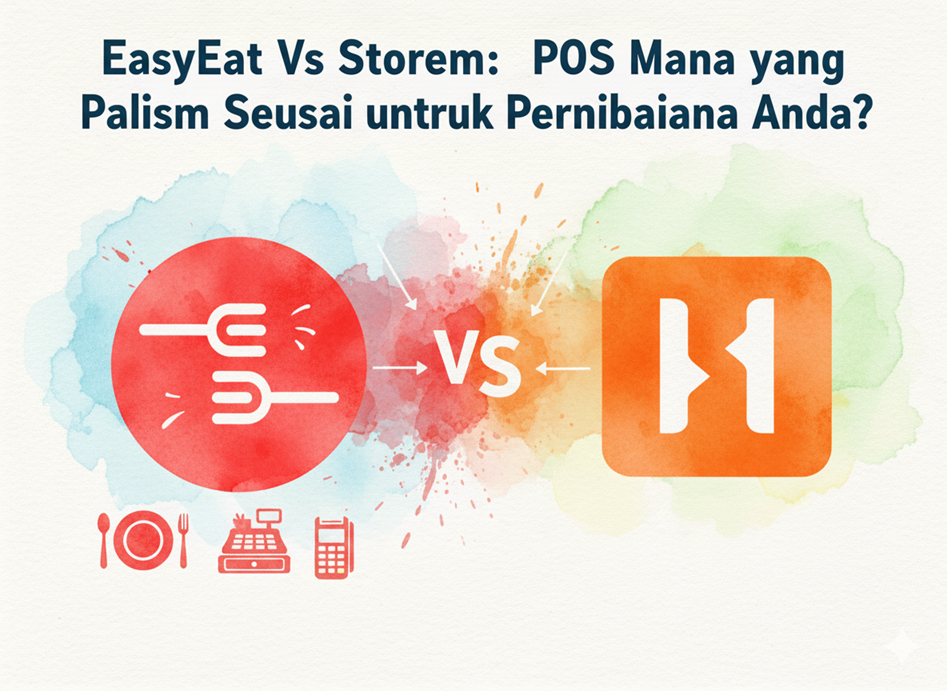Running a restaurant is an exciting venture, but it comes with its own set of challenges, particularly when it comes to maintaining profitability. Rising costs, stiff competition, and evolving consumer preferences all contribute to the complexity of managing a successful restaurant business. In this guide, we’ll explore actionable strategies like tracking inventory, using Menu Engineering, Training your staff, and Building effective Restaurant marketing strategies that’ll boost your restaurant’s profit margins and help you navigate the intricacies of the industry with confidence.
Understanding Cost Control
Cost control is the cornerstone of profitability in the restaurant business. It involves managing expenses effectively to ensure that your revenue exceeds your costs. Let’s break down some key strategies:
Inventory Management
Efficient inventory management is vital for minimizing waste and controlling costs. Keep track of your stock levels, identify fast-moving items, and establish protocols for handling perishable goods. Utilize inventory management tools to streamline the process and prevent unnecessary expenditures.
Menu Engineering
Your menu is more than just a list of dishes – it’s a powerful tool for maximizing profits. Analyze your menu to identify high-margin items and strategically position them to encourage upselling. Use descriptive language and pricing psychology to influence customer choices and boost profitability.
Supplier Negotiation
Building strong relationships with suppliers can lead to significant cost savings. Negotiate favorable terms, seek out bulk discounts, and explore alternative vendors to secure the best possible deals. Remember, every dollar saved on procurement directly contributes to your bottom line.
Enhancing Operational Efficiency
Efficiency is key to running a smooth operation and minimizing overhead costs. Here’s how you can optimize your restaurant’s operations.
Restaurant Staff Training and Development
Invest in comprehensive training programs to equip your staff with the skills they need to excel. Well-trained employees are more efficient, provide better service, and contribute to overall cost reduction. Foster a culture of continuous learning and empower your team to deliver exceptional experiences to your guests.
Implementing Technology
Embrace technology solutions to streamline your restaurant’s workflows and improve productivity. From point-of-sale systems to online reservation platforms, automation can help you eliminate inefficiencies and focus on delivering exceptional dining experiences. Invest in user-friendly software that integrates seamlessly with your existing processes.
Streamlining Processes
Identify bottlenecks in your operations and implement process improvements to enhance efficiency. Whether it’s optimizing kitchen workflows or revamping table-turnover procedures, small changes can have a big impact on your bottom line. Regularly review your processes and solicit feedback from your team to identify areas for improvement.
Effective Restaurant Marketing Strategies
Marketing plays a crucial role in driving customer traffic and increasing revenue. Here are some proven strategies to enhance your restaurant’s visibility:
Targeted Advertising
Harness the power of digital marketing to reach your target audience with precision. Leverage social media platforms, local directories, and targeted online ads to promote your restaurant and attract new customers. Craft compelling ad campaigns that resonate with your target demographic and track their performance to refine your approach over time.
Effective Restaurant Loyalty Programs
Reward loyal patrons and incentivize repeat visits with a well-designed loyalty program. Offer exclusive discounts, freebies, and personalized perks to cultivate a loyal customer base. Encourage engagement through email newsletters, mobile apps, and social media channels to keep your brand top-of-mind.
Online Reviews and Reputation Management
Monitor online reviews and actively manage your restaurant’s reputation to build trust and credibility with potential customers. Respond promptly to feedback, both positive and negative, and take proactive steps to address any concerns. Encourage satisfied guests to leave glowing reviews and testimonials to showcase your restaurant’s strengths.
FAQs
How can I accurately measure the success of my restaurant’s marketing efforts, especially in terms of return on investment (ROI) for targeted advertising and loyalty programs?
- Track key performance indicators (KPIs) such as click-through rates, conversion rates, and cost per acquisition for targeted advertising.
- Utilize tracking mechanisms like pixel tracking or unique discount codes to attribute sales directly to advertising efforts.
- Monitor metrics such as enrollment rates, redemption rates, and average spending per member for loyalty programs.
- Implement customer relationship management (CRM) systems or loyalty program software to track customer behavior and trends over time.
- Regularly analyze metrics to refine marketing strategies and optimize return on investment.
Are there any specific recommendations or best practices for implementing technology solutions in a restaurant setting, considering factors like budget constraints and staff training requirements?
- Conduct a thorough assessment of current processes to identify areas where technology can add value.
- Look for a POS System for your Restaurant with features tailored to your restaurant.
- Prioritize solutions that integrate seamlessly with existing workflows.
- Explore flexible pricing options such as subscription-based models or pay-as-you-go plans.
- Invest in comprehensive training programs to ensure staff proficiency and encourage ongoing learning.
While the text discusses the importance of online reviews and reputation management, what are some practical strategies for actively soliciting positive feedback from customers and effectively addressing negative reviews to maintain a positive online reputation?
- Prompt satisfied customers to leave feedback through follow-up emails, handwritten notes, or in-person requests.
- Provide incentives such as discounts or freebies for customers who leave reviews.
- Respond to negative reviews with empathy, professionalism, and a focus on resolution.
- Avoid getting defensive or engaging in arguments publicly.
- Monitor review platforms regularly and set up alerts for new reviews.
- Use negative reviews as opportunities for improvement and implement corrective measures.
- Demonstrate responsiveness to customer feedback to build trust and credibility.
Increasing your restaurant’s profit margin requires a strategic and multifaceted approach. By implementing cost control measures, enhancing operational efficiency, and deploying effective marketing strategies, you can maximize profitability and ensure long-term success. Stay proactive, adapt to changing market conditions, and continuously seek opportunities for improvement to stay ahead of the competition. With dedication, creativity, and a focus on delivering exceptional dining experiences, your restaurant can thrive in today’s competitive landscape.




